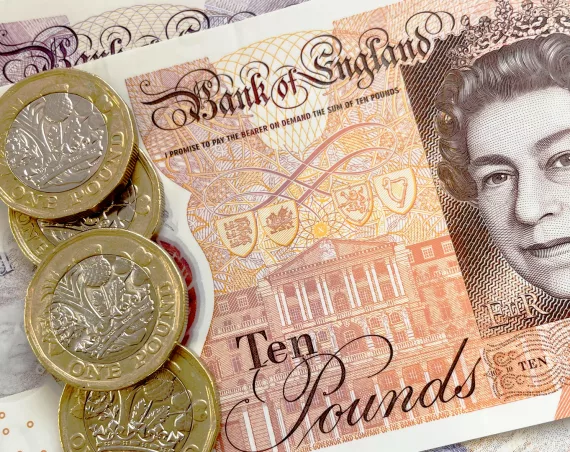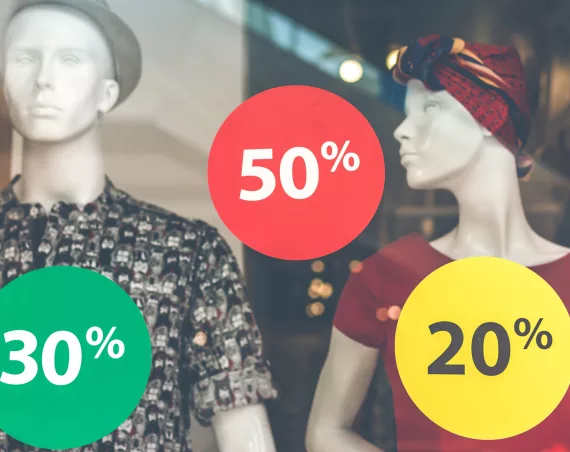
Travel – by train, by plane
Powered by RedCircle
Hello and welcome to Learn English Vocabulary. My name is Jack and I’m making this podcast for you to learn or revise English vocabulary.
Introduction
Today, I’m making a podcast about travel and the language is aimed at A2 learners, but I’m including some more advanced language too so there should be something interesting if you are more advanced. When I was writing this, it started getting a little long so I’m going to split this into two podcasts.
I’m continuing a story that I started yesterday. This is the story about a journey I took to Spain a couple of years ago. I told the first two parts of the story yesterday and today I’m going to finish the journey and talk about taking the train and arriving at the airport.
After each part of the story, I’ll describe the vocabulary and then I’ll tell the same part of the story again so you can hear the vocabulary in context once more.
In the first part of my journey, I tried to take a bus into town, but the timetable had changed asn if I’d waited for the bus, I’d have missed my train. So I went home to ask my wife for a lift. My wife gave me a lift to the station and dropped me off just in time to catch the train.
Part 3
I bought my ticket on an app on my phone. You can still get tickets from the ticket office, but it’s much easier to use and app and then you can’t lose them. Train fares in the UK are really expensive so you don’t want to lose your ticket. My train was scheduled to depart from platform 2. There are only two platforms at Ludlow station so that meant I had to climb over the footbridge to the other side. I knew I’d been cutting it fine, so I was relieved to be on the platform on time. The display with the journey information showed that the train was delayed by 20 minutes. I sat down on a bench and waited. When the train pulled into the station, I got on and found an empty seat. You can reserve seats on the trains in the UK, but there’s always space on the train up to Manchester in the morning. I had to change trains at Wilmslow but luckily, I didn’t have to wait long for the connecting train. I arrived at Manchester airport in plenty of time for my flight.
That’s the end of part 3. Let’s look at some vocabulary.
Part 3 – vocabulary
The ticket office is either a kiosk in a big station or a little shop that sells tickets. The cost of a train or bus ticket is the fare, spelled f-a-r-e.
Trains arrive on and depart from platforms. This is the word for the raised stage that you stand on that’s next to the train so you don’t have to climb up.
I said I’d been cutting it fine. This is an expression that means you don’t have a lot of time. You will have to be quick or you may miss your train. If you leave now, you can make it, but you’re cutting it fine.
If a train is late, on the boards and on announcements, it always says that the train is delayed. It just means it’s late. Sometimes they say what the cause of the delay is, but it never really matters to me.
If you have to change trains or more commonly simply to change, this means you have to get off at a station and get on another train to complete your journey. You cannot travel from Ludlow to Manchester airport directly, you need to change at Wilmslow.
Listen to part 3 again now to hear these phrases in context.
Part 3 – repeated
I bought my ticket on an app on my phone. You can still get tickets from the ticket office, but it’s much easier to use and app and then you can’t lose them. Train fares in the UK are really expensive so you don’t want to lose your ticket. My train was scheduled to depart from platform 2. There are only two platforms at Ludlow station so that meant I had to climb over the footbridge to the other side. I knew I’d been cutting it fine, so I was relieved to be on the platform on time. The display with the journey information showed that the train was delayed by 20 minutes. I sat down on a bench and waited. When the train pulled into the station, I got on and found an empty seat. You can reserve seats on the trains in the UK, but there’s always space on the train up to Manchester in the morning. I had to change trains at Wilmslow but luckily, I didn’t have to wait long for the connecting train. I arrived at Manchester airport in plenty of time for my flight.

Part 4
The airport station is a short walk from the terminal building. There’s a long raised walkway with a travelator. That’s the real name, but I think most people call them moving walkways. I hate these things when they are busy because people just stand on them. Inside the terminal building, there are rows and rows of departure desks or check-in desks for all the different airlines. In the past, you had to queue up at these desks to check-in, but these days, it’s much easier to check-in online and print your own boarding pass. You do still need to queue up if you have bags to check, but I only had hand luggage so I went straight through to security.
At security, I had to put my bag through an xray scanner and walk through a metal detector. There is a full-body scanner, but only half the people were being directed through. Once I was past security, I went into the departure hall. I bought a book and a paper and then went to get a coffee. I sat near an information board so I could see when my flight was called. As soon as the information about my gate was up on the board, I made my way to the gate. I boarded the plane, found my seat, stowed my hand luggage in the overhead compartment and sat down and looked out the window. The plane took off and soon we were flying above the clouds and over the sea to Spain.
That’s the end of part 4. Let’s look at some vocabulary.
Part 4 – vocabulary
Terminal is the word we use for airport buildings when there is more than one main building. So in Manchester, there are two terminals. Terminal 1 is for flights to Europe and Terminal 2 is for long haul flights to America, Africa and Asia. If you are in a hurry to catch a flight, it’s important to know which terminal you need.
A walkway is like a long corridor between two buildings. It’s often raised up, like a long footbridge. It’s not a common word. I can’t think of many places with walkways apart from airports.
A travelator is a moving walkway. These are like escalators, but they are level.
A departure desk or check-in desk is the place you go in an airport to check in. They are normally in great long rows with a sign for the airline above the desk and a number so you can find the right one. To check-in means to present your ticket and passport at a check-in desk. When you have checked in, you get a boarding pass which is like a special ticket that you need to show to get on a plane. If you have luggage, you need to check it or stow it at the check-in desk. When you do this, your luggage is weighed and labelled and you have to answer questions about what’s in your luggage so the airline staff know it’s safe to put it on the plane. As well as checked luggage, you have hand luggage which is luggage you can take into the plane with you.
When you have checked in, you need to go through security. Airport security, often just called security, is where your hand luggage is scanned and you are also scanned and searched to make sure you are not trying to smuggle anything dangerous onto the plane.
The departure hall is the area you wait before you go to the plane. There are usually lots of shops and restaurants and there’s also a duty free shop which sells alcohol, tobacco, perfume and usually sunglasses for some reason. Duty is another word for tax so duty free products should be cheaper than normal because you don’t have to pay tax.
When a flight is ready for people to get on, they make an announcement to say it is ready to board. To board a flight just means to get on. That’s why you need a boarding card. The announcement is a call and you can ask if your flight has been called. If you are a bit late, you might hear: ‘this is the final call for flight AB 12 for Germany’
When you are called, you have to go to the gate which the final waiting room that’s next to the plane. You often have to show your boarding card and passport again when you go to the gate.
OK – that’s a lot of language. Listen to part 4 again now to hear these phrases in context.
Part 4 – repeated
The airport station is a short walk from the terminal building. There’s a long raised walkway with a travelator. That’s the real name, but I think most people call them moving walkways. I hate these things when they are busy because people just stand on them. Inside the terminal building, there are rows and rows of departure desks or check-in desks for all the different airlines. In the past, you had to queue up at these desks to check-in, but these days, it’s much easier to check-in online and print your own boarding pass. You do still need to queue up if you have bags to check, but I only had hand luggage so I went straight through to security.
At security, I had to put my bag through an xray scanner and walk through a metal detector. There is a full-body scanner, but only half the people were being directed through. Once I was past security, I went into the departure hall. I bought a book and a paper and then went to get a coffee. I sat near an information board so I could see when my flight was called. As soon as the information about my gate was up on the board, I made my way to the gate. I boarded the plane, found my seat, stowed my hand luggage in the overhead compartment and sat down and looked out the window. The plane took off and soon we were flying above the clouds and over the sea to Spain.
If you have enjoyed this podcast, please leave me a comment or a review and don’t forget that you can read the transcript for this podcast and complete some language activities on LearnEnglishVocabulary.co.uk.
Thanks for listening.





2 Comments
Liz
Those podcasts are amazing! Thank you so much! It helps just to hear some complete sentences and some expressions that can enrich our writing 😉
MAJID POURKARIMI
Thank you, Jack.